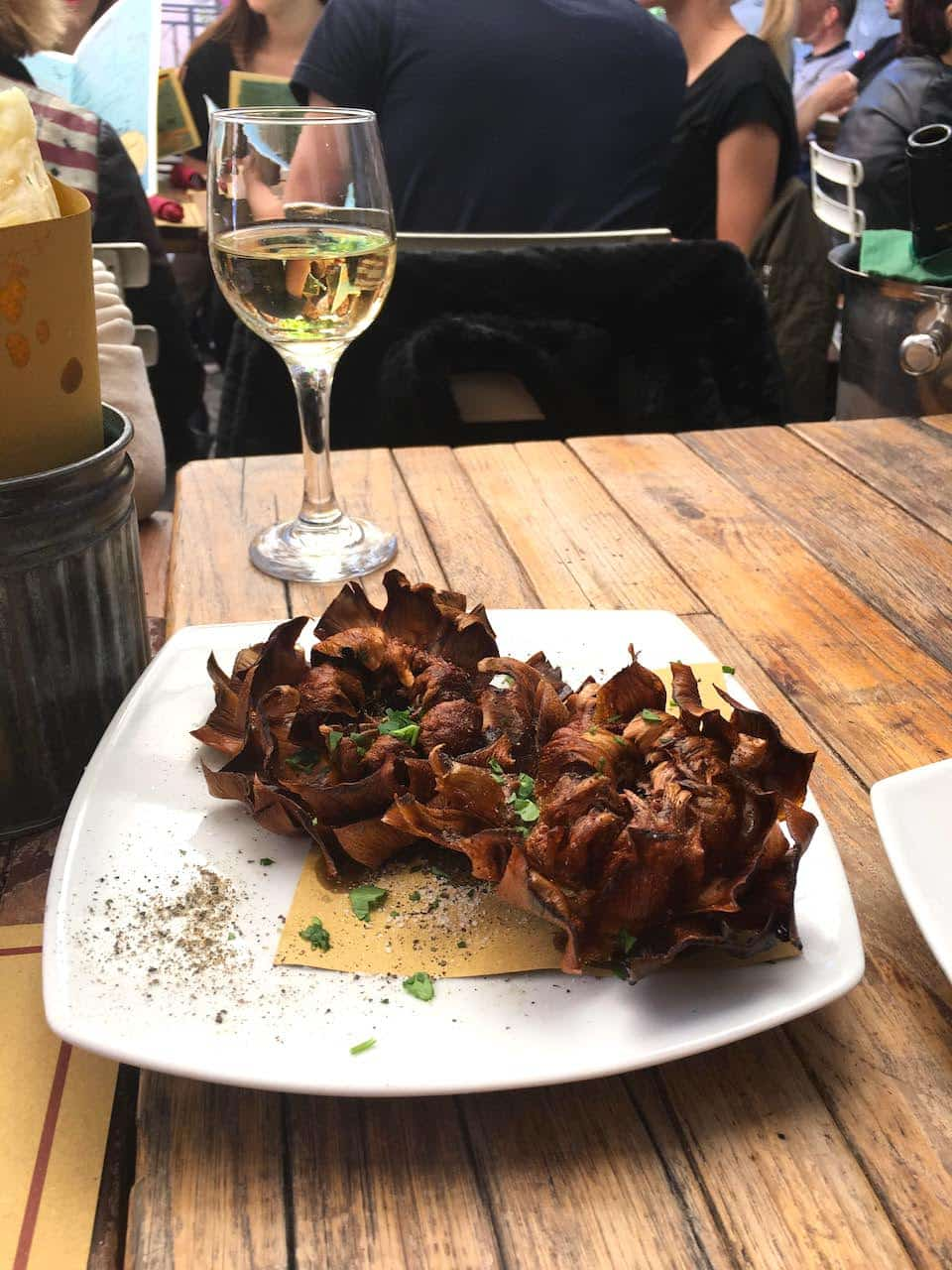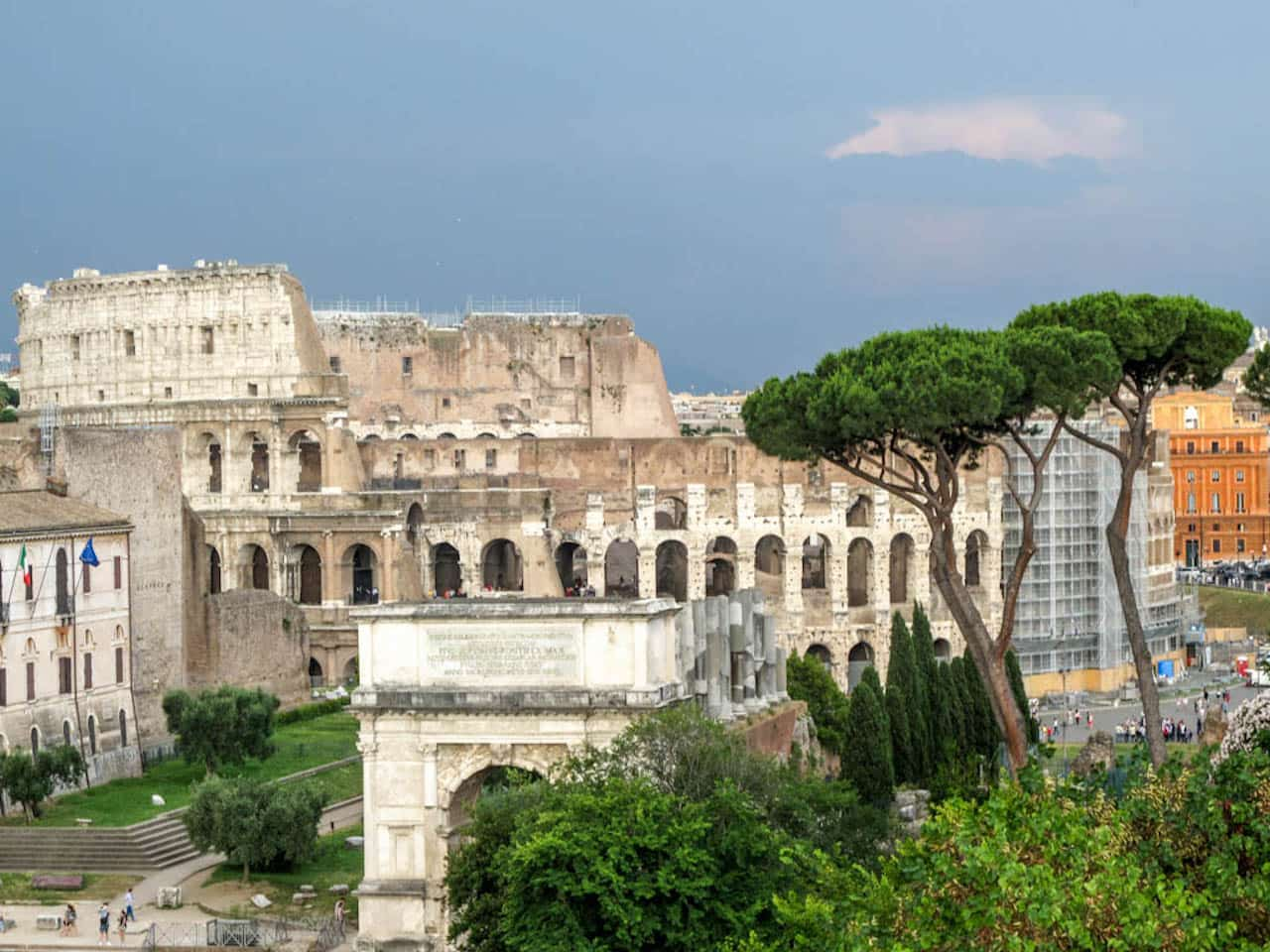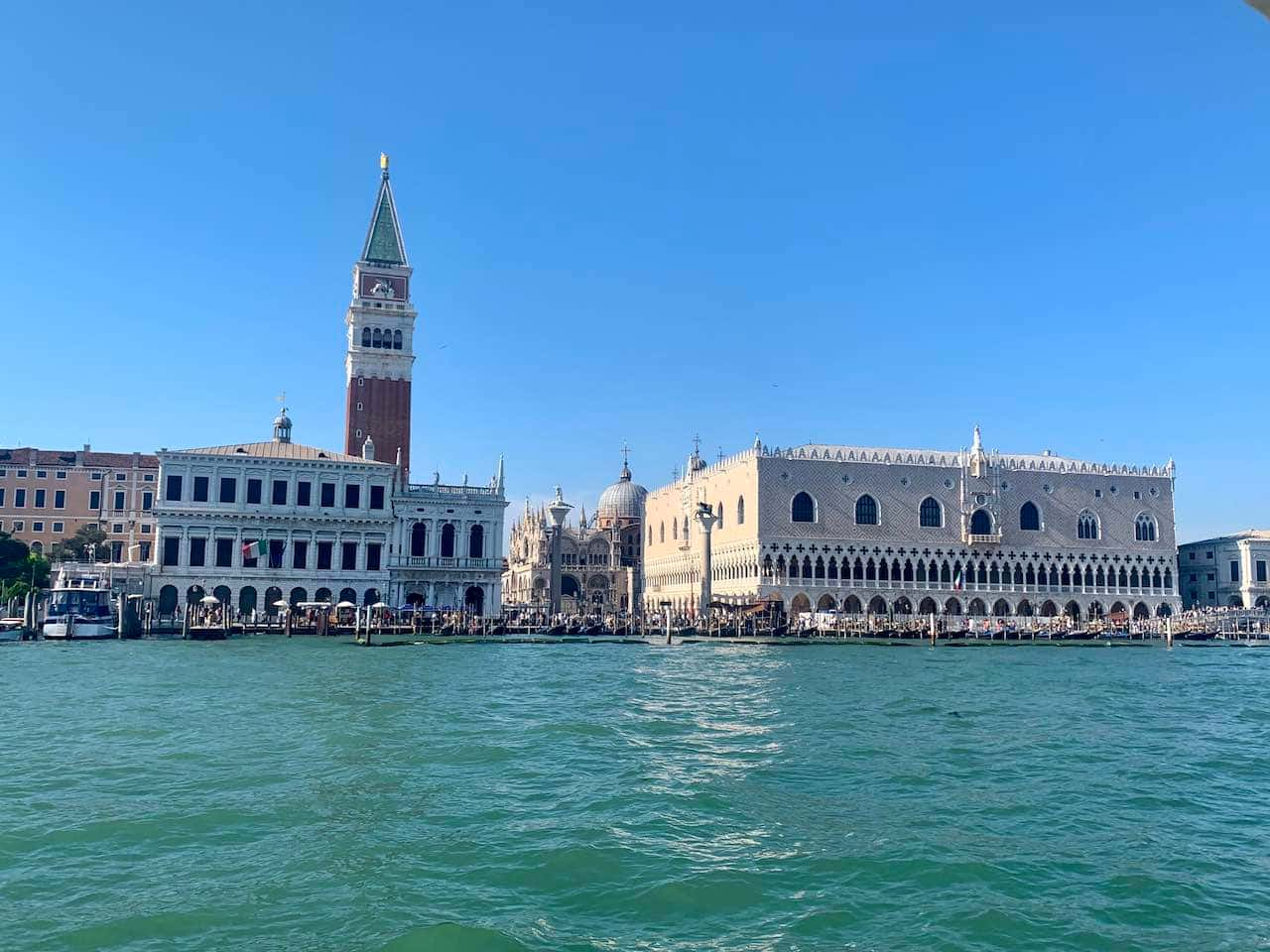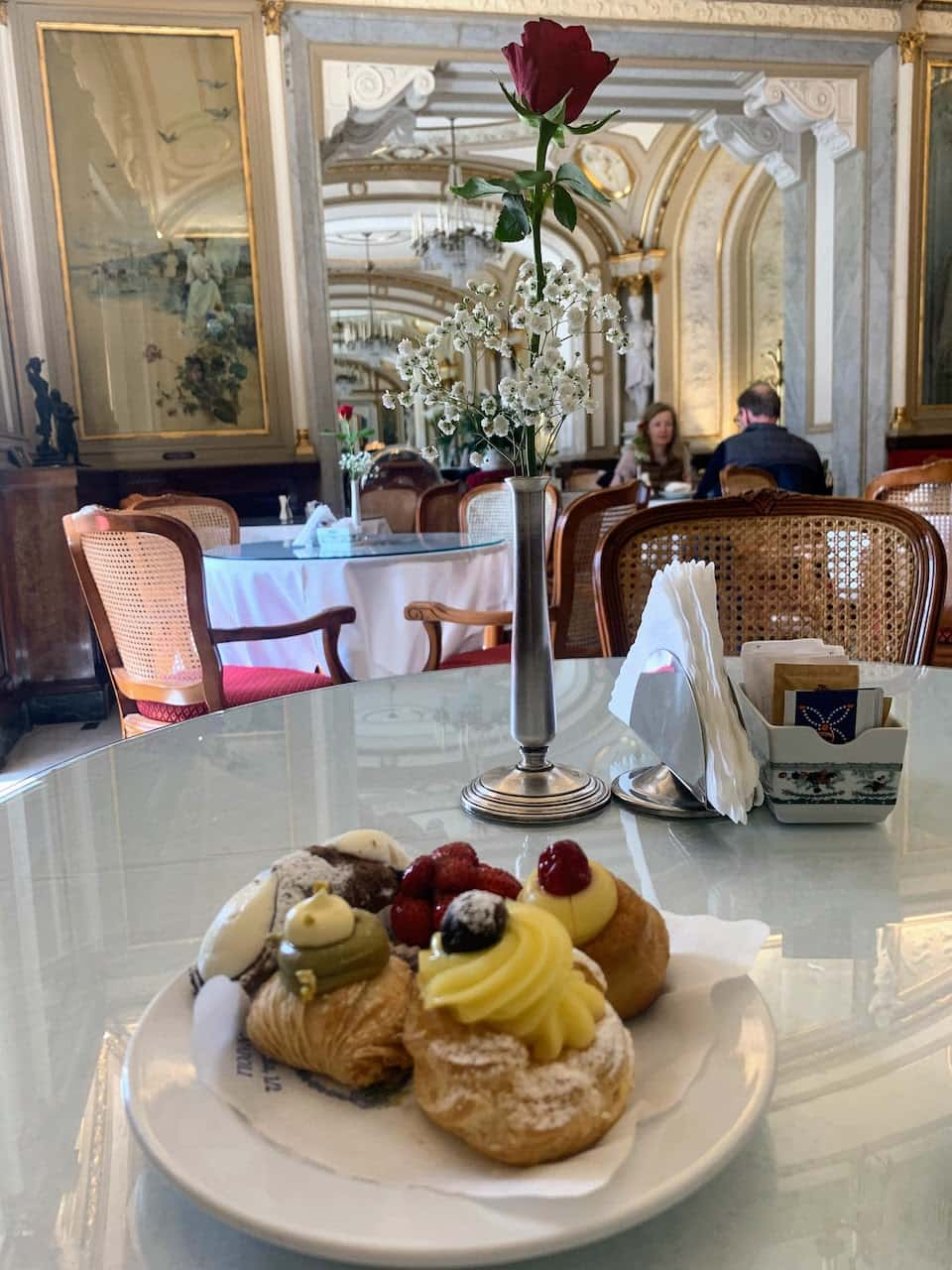Why Noto Italy, the Capital of Sicilian Baroque, Is Your Next White Lotus-Inspired Getaway
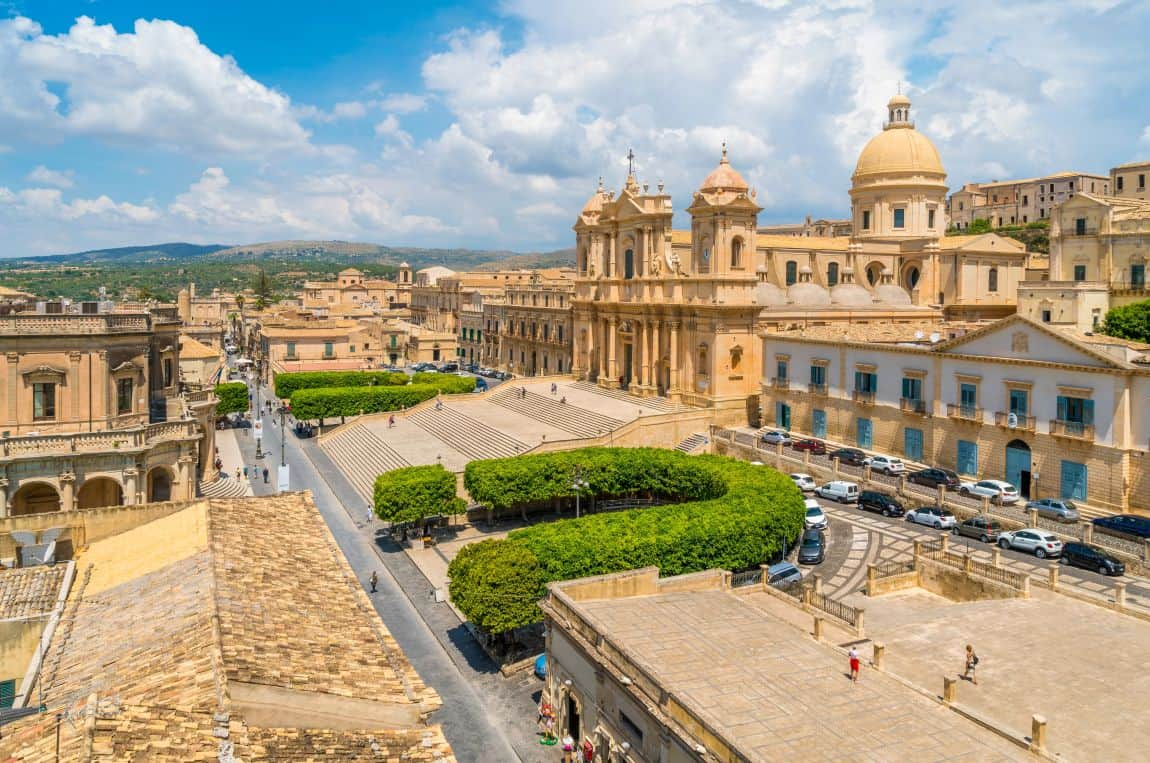
Top Things to Do in Noto Italy: A Must-See Guide to Baroque Architecture, Local Culture, and Unmissable Experiences
Nestled in the southeast corner of Sicily, Noto is the culmination of Late Sicilian Baroque architecture and proudly bears the title “Capital of Sicilian Baroque.” It’s lovingly called the “Stone Garden,” thanks to its golden-hued limestone buildings that seem to glow in the sunlight.
I visited Noto on my epic Sicily road trip—and instantly fell under its spell. The honey-colored stone bathes the town in a warm, golden light that feels almost magical. Walking through its streets reminded me of Salamanca, Spain, but with the added softness of Mediterranean light and rhythm. To me, Noto is one of the three most beautiful towns in Italy, right alongside Venice and Matera. That’s a bold claim, but Noto earns it. Its Baroque churches and palazzi feel alive, as if history is still breathing through every carved detail. This is not a place to rush—Noto is meant to be savored. Visit Noto on your Sicilian trip, and you’ll carry its golden glow with you long after you leave.
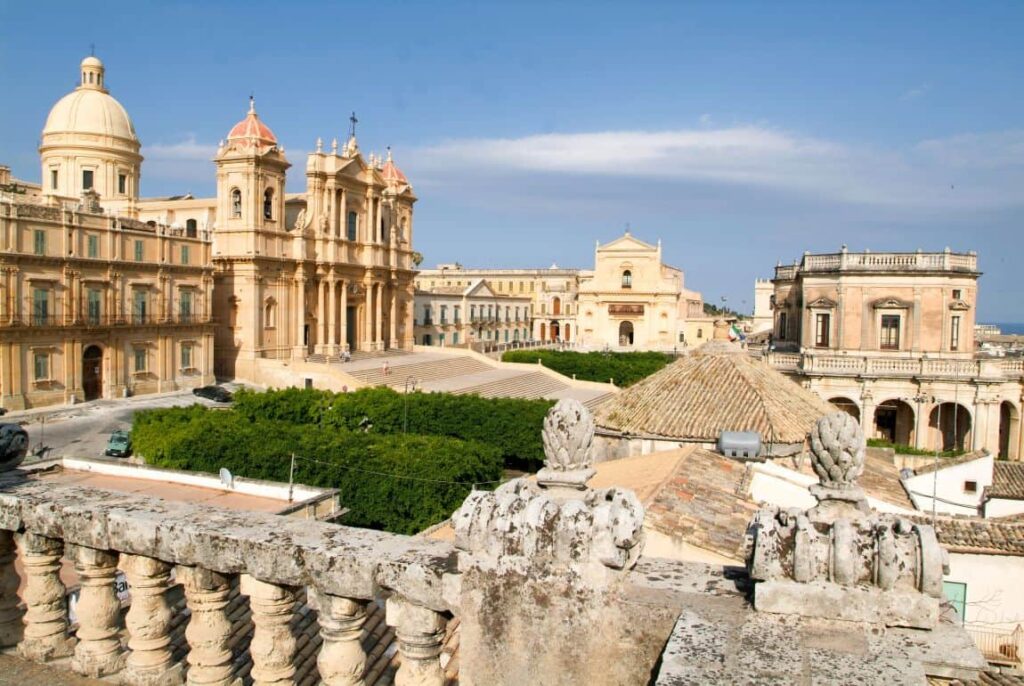
THIS POST MAY CONTAIN COMPENSATED LINKS. PLEASE READ MY DISCLAIMER FOR MORE INFO.
What Noto, Italy Is Famous For
Noto, Italy, is renowned for its exquisite Late Sicilian Baroque architecture, rebuilt after a devastating 1693 earthquake—its honey-blessed limestone facades, ornate balconies, and sweeping staircases glow with the elegance of a golden stage. Recognized as a UNESCO World Heritage Site and aptly called the “Capital of Sicilian Baroque” or the “Stone Garden”, the town presents one of Europe’s most harmonious architectural ensembles. Beyond its striking structures, Noto is celebrated for its almonds, granita, wines, and the vibrant Infiorata di Noto flower festival held in May, when artistic floral carpets breathe life into its streets
Why Visit Noto Italy?
Noto, known for its striking Baroque architecture, was rebuilt in the 18th century after a devastating earthquake in 1693. The result? A perfectly harmonious city of palaces, churches, and streets that feel like a film set—because they often are. Movies like Malèna with Monica Bellucci and Cyrano starring Peter Dinklage and TV series The White Lotus (Season 2) were filmed here, and it’s not hard to see why. Every corner of the city feels cinematic.
Visiting Noto is about stepping into history, but it’s also about living the Sicilian lifestyle: slow afternoons, vibrant sunsets, rich food, and streets that buzz gently with local life.
A Short History of Noto
The original Noto (now called Noto Antica) was destroyed in the 1693 earthquake that ravaged much of southeastern Sicily. The city was rebuilt entirely from scratch a few kilometers away, in what was then the height of Baroque architectural fashion. Architects and planners designed the new Noto with sweeping views, grand perspectives, and elegant symmetry—creating a city that looks like a stage set carved from golden stone. This “new” Noto is what we see today, a rare example of urban planning fused with artistic vision.
Top Things to Do in Noto Italy
Nestled within a breathtaking tapestry of golden-hued churches, palazzi, and narrow streets, Noto is a town you don’t just see—you feel. Whether you’re wandering luminous Corso Vittorio Emanuele, climbing historic bell towers, or savoring a legendary almond granita, every moment in Noto unfolds like a scene in a living Baroque film. Here are teh top things to do in Noto Italy:
1. Enter the City Through the Porta Reale (The Arch Ferdinand II)
Entering Noto, Italy, through the Porta Reale (also known as the Arch of Ferdinand II) is a grand moment, as if stepping through a golden threshold into history. The gate stands as a noble herald, built in the 19th century to honor King Ferdinand II, and its classical proportions immediately signal that Noto, Italy, is no ordinary place. As you pass beneath the arch, the warm limestone glow blooms across the facades, inviting you into the heart of the city. The gate opens onto Corso Vittorio Emanuele, and the alignment makes for a dramatic, cinematic entrance that feels choreographed. That first glimpse of Noto, Italy, unfolds like a scene set for a story.
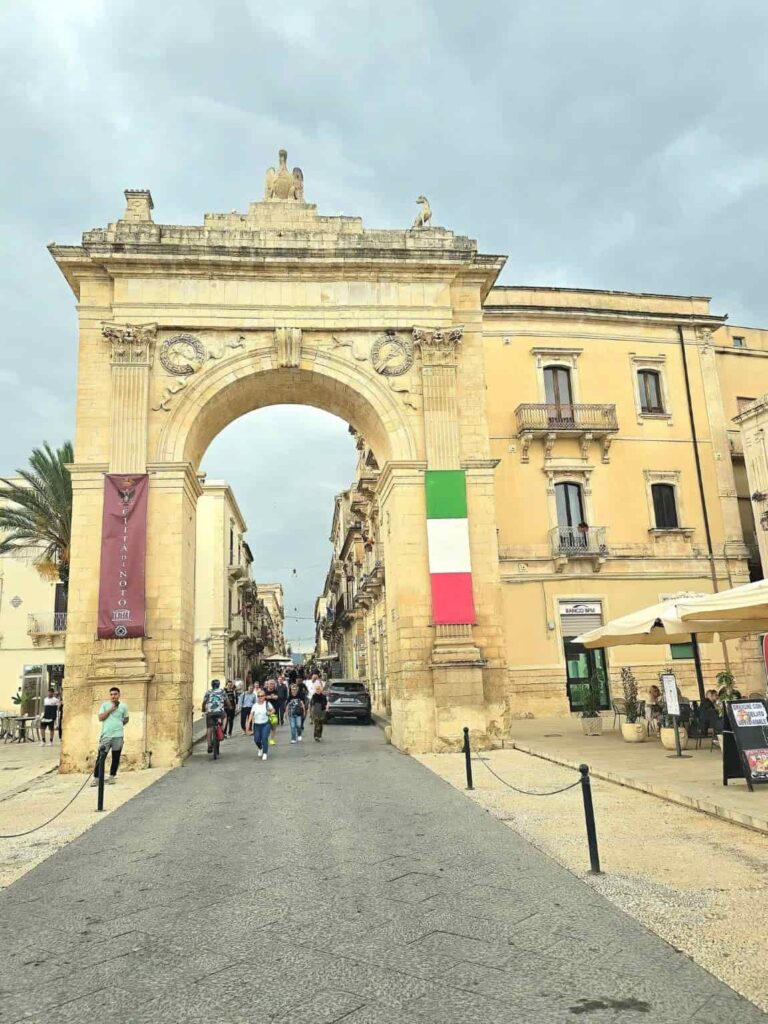
2. Stroll the Corso Vittorio Emanuele
Walking along Corso Vittorio Emanuele in Noto, Italy, is like exploring an open-air gallery of Sicilian Baroque architecture. The boulevard runs straight through the historic center, lined with grand palaces, noble palazzi, and elegantly ornate churches, all glowing in the honey-colored limestone that characterizes Noto, Italy. Every step offers something new to catch your eye—sculpted balconies, carved details, intricate facades, and shaded cafes inviting a laid-back pause. The gentle hum of conversation, the occasional church bell, the soft light filtering through arches—this is the rhythm of Noto, Italy. When the sun dips low, the buildings transform, shimmering as though lit from within by liquid gold. If you’re asking yourself whether Noto, Italy, lives up to the hype, stroll that Corso, and all your doubts will melt away.
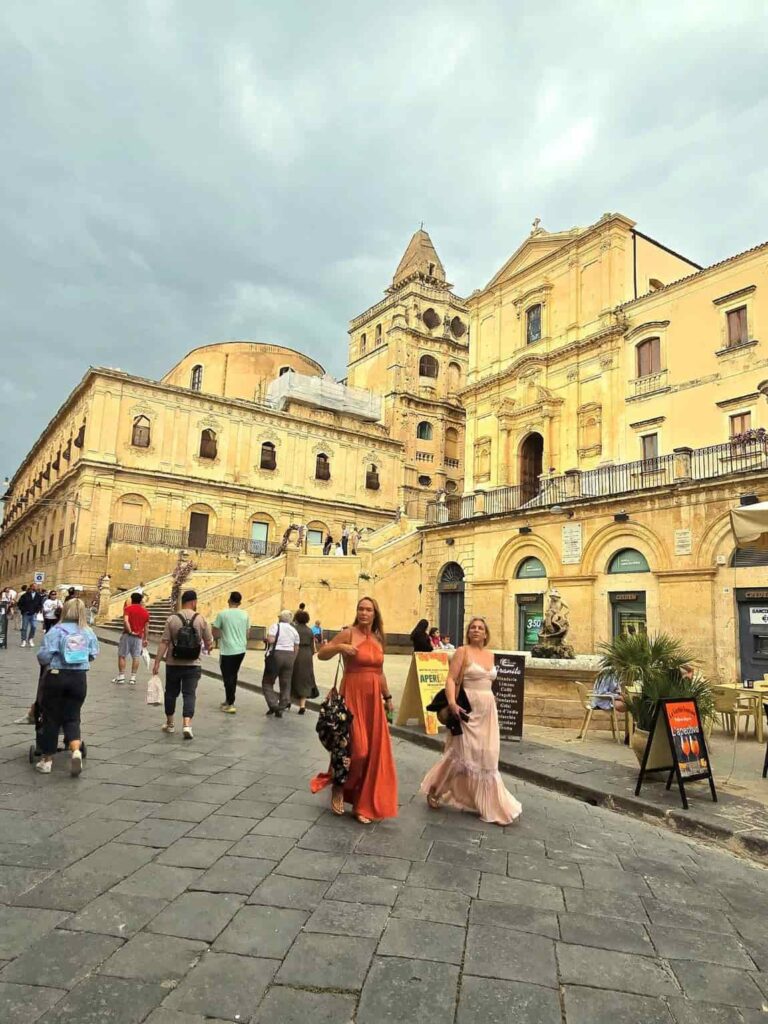
3. Explore the Baroque Churches
Exploring Noto, Italy, means stepping into churches that feel like architectural poems, each with its own voice. The Cathedral of San Nicolò soars above the city with its broad staircase entrance and a dome so recently restored it gleams, offering spiritual weight and visual drama. In the Church of San Domenico, you’ll find a facade that folds and curves—a theatrical gesture in stone that announces itself with flair. The interior of the Church of Santa Chiara brings surprising intimacy, with delicate stucco swirls that glow softly in candlelight, and its rooftop terrace (2€ entrance fee for the rooftop) gifts views over Noto, Italy, like a secret. Then there’s the Basilica of San Salvatore and the Church of San Francesco all’Immacolata, where ornate details and quiet chapels invite thoughtful discovery. Visiting these sacred spaces is more than sightseeing; it’s a conversation with centuries of faith, artistry, and devotion embedded in Noto, Italy. Every door you push open brings history to life. Visiting the churches of Noto is free, unless you want to climb the rooftops – a small fee of 2€ is to be paid.
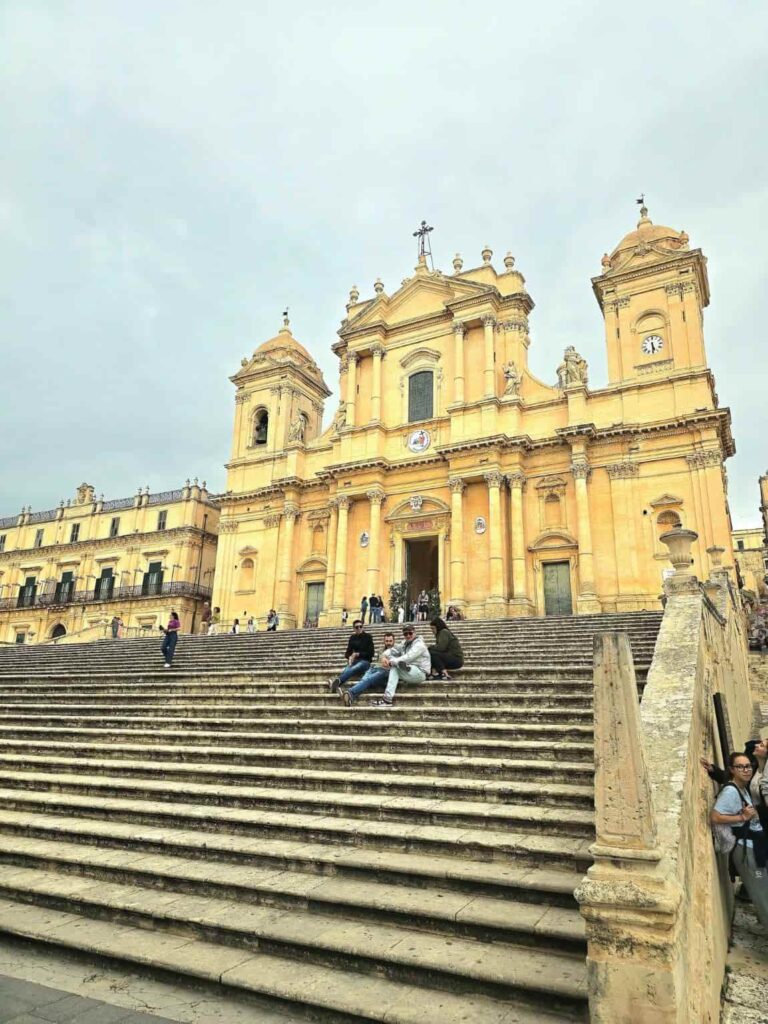
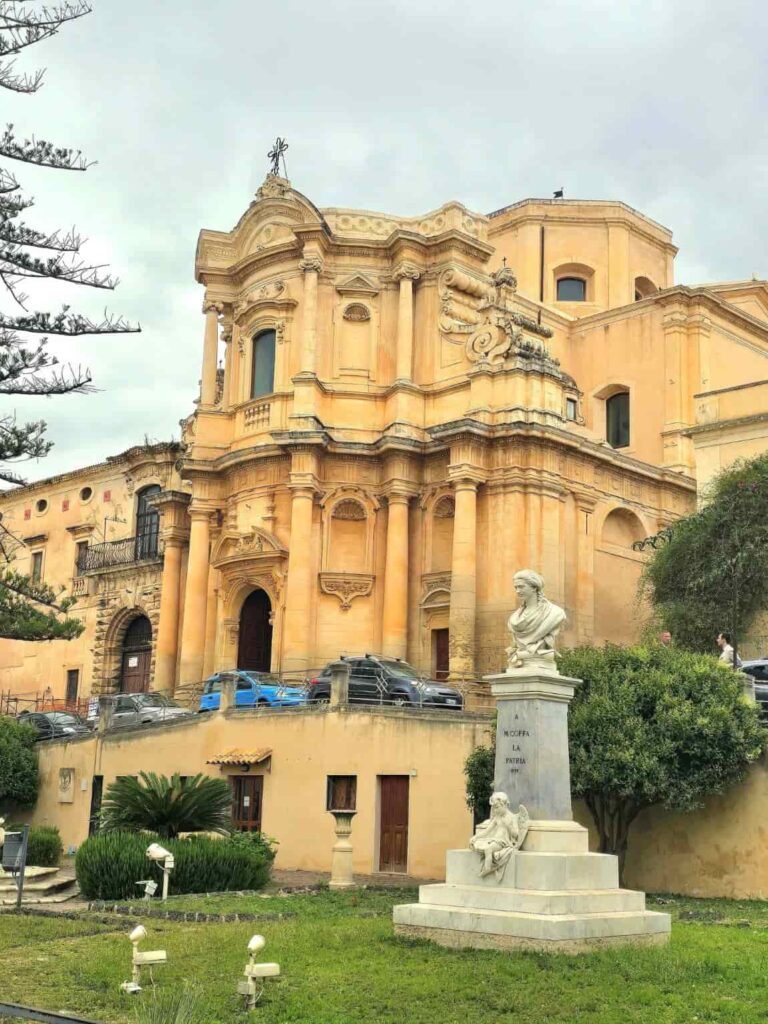
3. Admire the Ducezio Palace
Admiring the Palazzo Ducezio (Noto’s town hall) is a moment of civic grandeur amid your wanderings through Noto, Italy. This elegant building stands facing the cathedral, its facade of columns and arches coming alive in golden light, exuding both dignity and grace. Inside, a mirrored reception hall reflects ornate frescoes and chandeliers, evoking the finely tuned taste of the city’s past officials. Stepping onto the balcony, you can look over Piazza Municipio and see the cathedral’s twin staircases and rooftops stretching into the Sicilian sky. It’s a place that reminds you how Noto, Italy, balanced artistry and governance, pride and planning. It’s civic architecture that sings, and it sings in perfect harmony with the city.
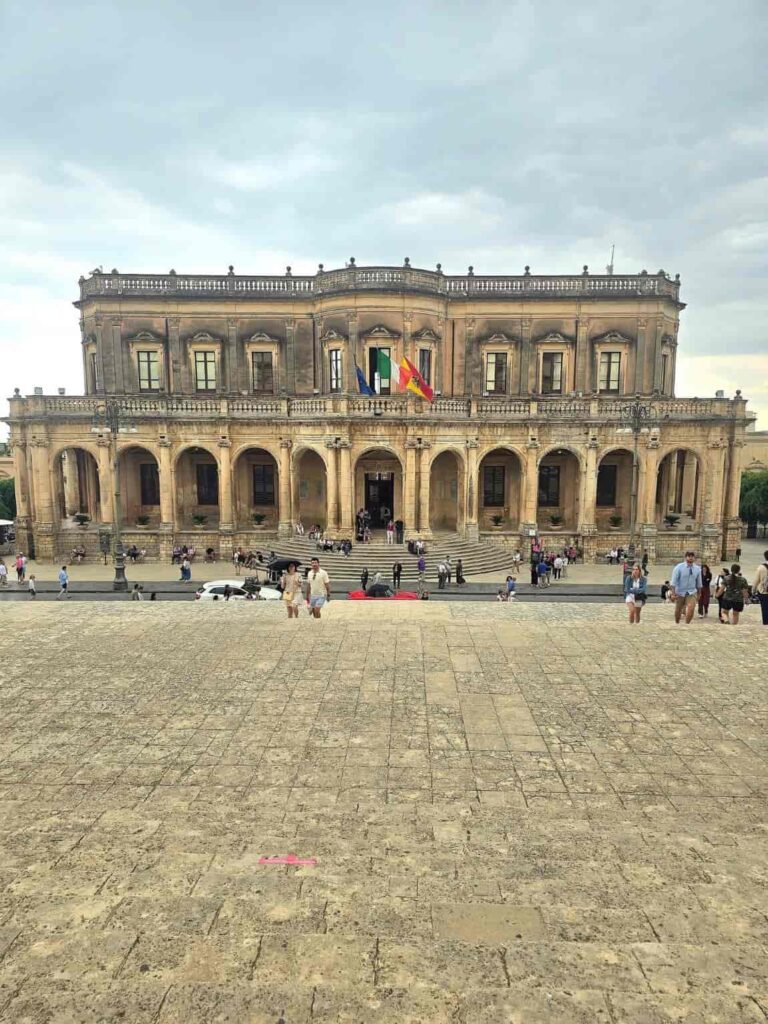
4. See the Palazzo Landolina
The Palazzo Landolina, a 4-star hotel now, sits quietly next to the Cathedral of Noto, Italy, yet its presence commands your attention. Built in the mid-18th century, this residence of an aristocratic family brings a calmer note to the Baroque symphony of the town. Its facade is dignified, refined, and beautifully proportioned—a contrast to the more flamboyant neighbors, and a reminder that even elegance can whisper. The Palazzo Landolina tells a quieter story—one of measured grace amid artistry.
5. Tour Palazzo Nicolaci di Villadorata
Palazzo Nicolaci di Villadorata is Noto, Italy’s Baroque crown jewel, a place you’ll remember long after you’ve left. Its balconies are legendary—over-the-top works of carved stone populated by cherubs, beasts, ornamental scrolls, and faces that seem half-dream, half-myth. Inside, the rooms are lavishly frescoed, each telling tales of myth or history under ceilings painted in saturated colors. Walking through it, you’ll feel like you’ve stepped into a live painting, complete with stories embedded in every wall. The scale and imagination on display here are incomparable—this is theatrical architecture, in the best sense. The entrance fee is 4€.
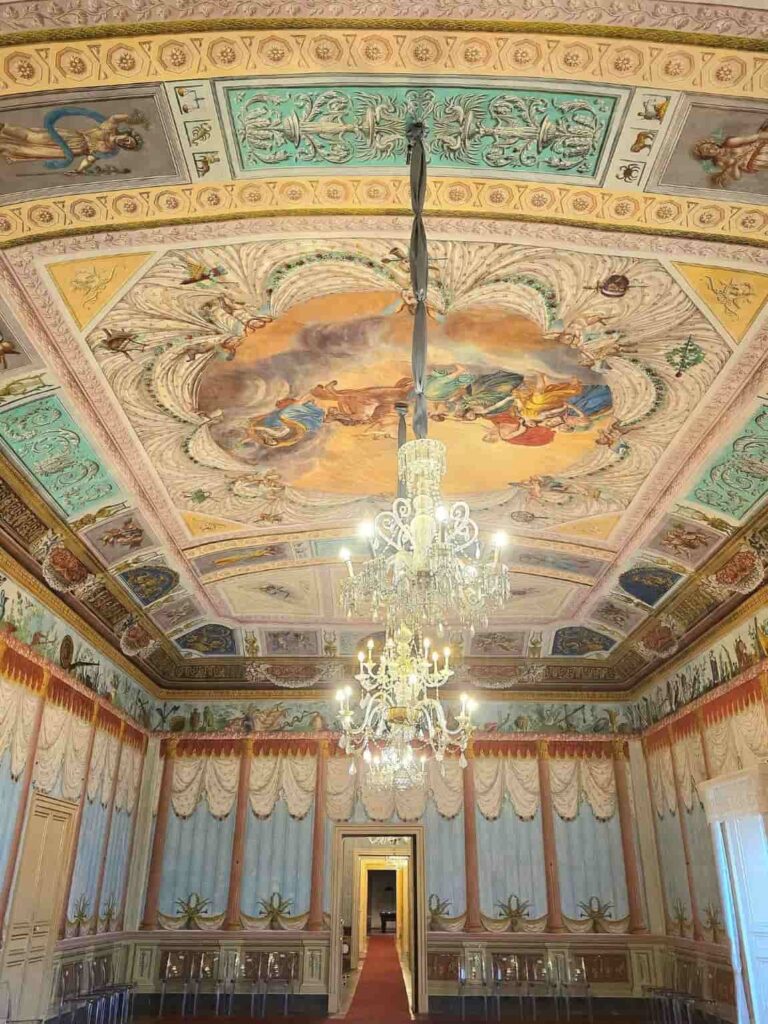
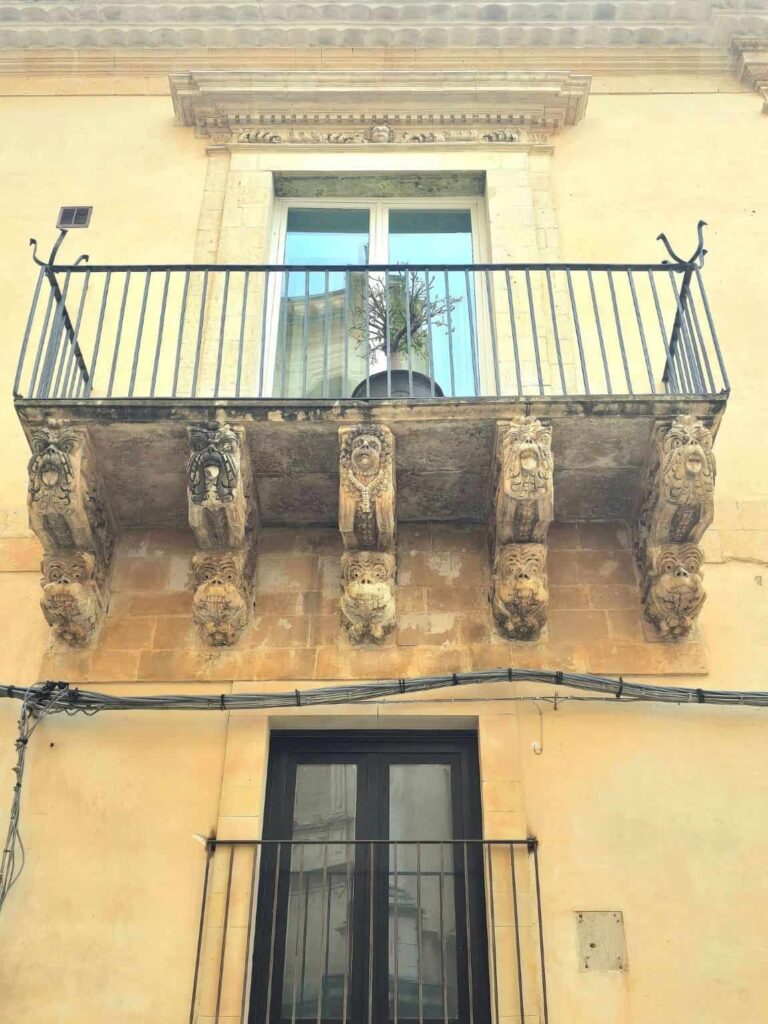
6. Enjoy the Views from the Bell Tower of San Carlo al Corso
For one of the most unforgettable views in Noto, Italy, climb the bell tower of San Carlo al Corso. The climb is steep and intimate—only 60 steps up a spiral stone staircase—but each turn brings anticipation higher than the last. When you emerge at the top, a panorama unfolds: rooftops and limestone facades spread toward the horizon, punctuated by the cathedral’s dome and endless skies. In the late afternoon, the whole town glows with warmth, turning gold in a way that feels otherworldly. Noto, Italy, never looks more radiant. Entering the church is free, but there is a small fee of 2€ to access its bell tower.
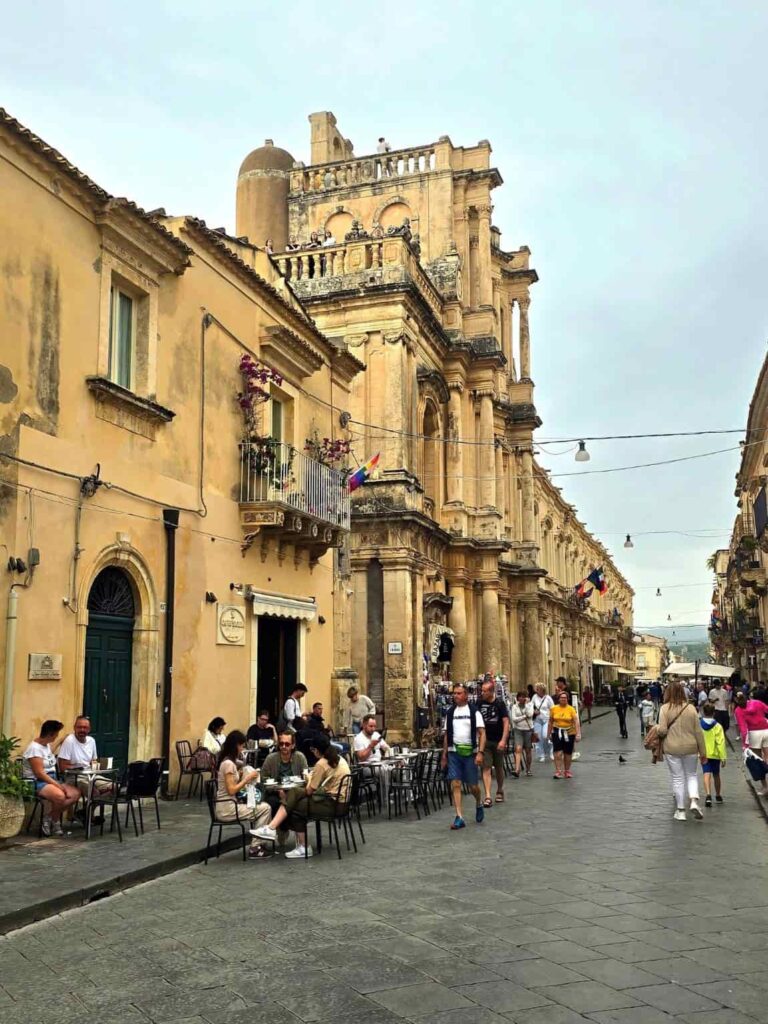
7. See the Teatro Tina di Lorenzo
Stepping into Teatro Tina di Lorenzo is like stepping into a gilded dream in Noto, Italy. This 19th-century theater is petite but brimming with elegance—its neoclassical facade giving way to a richly decorated interior of velvet, gold leaf, and woodwork. Attend a performance if you can—it’s a rare chance to see local culture alive in historical surroundings. Even without a show, check for guided visits or openings, because the theater’s spirit is palpable in the hushed ambiance.
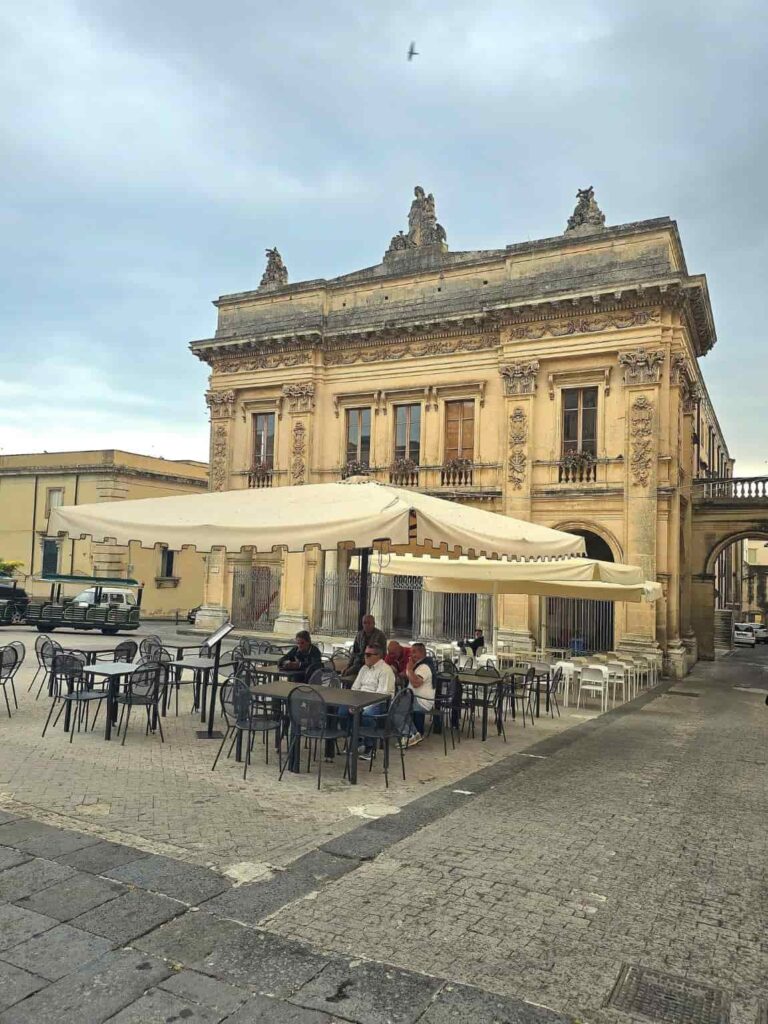
8. Have the Famous Almond Granita at Caffè Sicilia
No visit to Noto Italy can feel complete without indulging in the legendary almond granita at Caffè Sicilia. This famed cafe has made almond granita an art form—velvety, nutty, and perfectly balanced between refreshing and rich. Scoop it into a fluffy brioche, sip an espresso alongside it, and you’ve touched the sweet soul of Sicilian food culture. I remember that first taste vividly—sunlight on stone, the quiet hum of Corso Vittorio Emanuele, and the granita melting on my tongue, whispering, “You’re in Sicily.” It’s one of those experiences that doesn’t just satisfy a craving; it stays with you. Noto, Italy, lives in flavors, and this one tastes like sunshine itself. Read more: Granita Siciliana: Sicily’s Most Irresistible Dessert—Must Try!
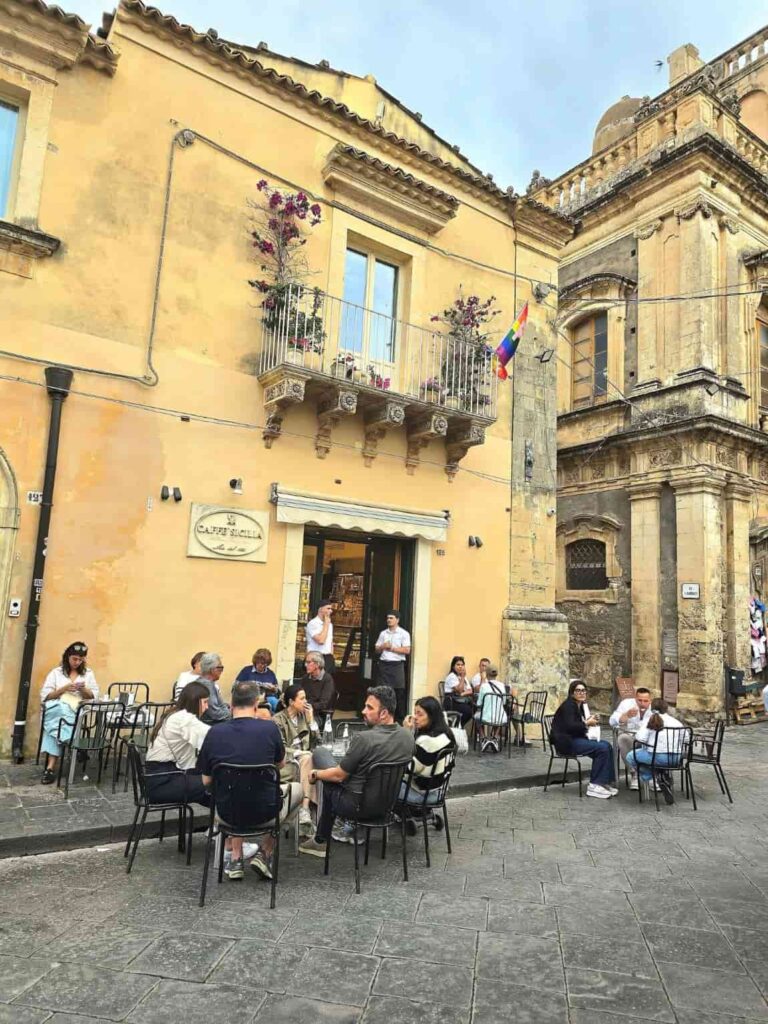
9. Take a Sicilian Cooking Class on a Local Farm
For an immersive experience in Noto, Italy, nothing beats a farm-to-fork cooking class amid Sicilian fields. At Noto: Farm to Fork in Sicily, you learn to prepare classic dishes—fresh pasta, tomato sauces, stuffed vegetables—using ingredients picked moments before. It’s hands-on, deeply authentic, and infused with local stories and techniques passed down through generations. You’re not just cooking; you’re joining the rhythm of Sicilian life on its own terms. The reward? A table laden with food you helped create, shared in the golden countryside with fellow travelers. It’s culinary education, memory-making, and pure joy rolled into one.
10. Enjoy a Wine Tasting and Estate Tour
A wine tasting near Noto Italy is like sipping the region’s sunshine in glass form. On the Noto: Wine Tasting and Estate Tour, you sample a lineup of crisp whites, delicate rosés, and robust reds, each paired with meats, cheeses, and oils sourced nearby. The vineyard’s setting—rows of vines framed by olive groves or the Sicilian sky—makes every sip feel like part of a landscape. The guides pour not just wine, but stories—about grape varieties, winemakers’ dreams, and the land’s influence on flavor. You leave with knowledge, relaxation, and bottles to bring a bit of that glow home.
11. Relax on Nearby Beaches: Lido di Noto, Avola, Eloro
After soaking in Noto, Italy’s architecture and history, spending a day at the beach feels blissfully restorative. Lido di Noto, just 8 km away, offers golden sands and clear waters where you can let the sea calm your mind. A short drive brings you to Avola and Eloro beaches too—each with its own vibe, from peaceful cove to sea breeze and gentle surf. Packing a picnic or grabbing a bite nearby, you’ll feel the contrast between Baroque grandeur and beachside simplicity—yet they feel like harmony. Noto, Italy’s brilliance isn’t only in its buildings—it shines in its connection to sea and sky.
12. Visit During the Infiorata di Noto in May
If your travels bring you to Noto, Italy, during the third weekend of May, brace yourself for the breathtaking Infiorata di Noto. One of the city’s main streets transforms under artists’ feet into a mosaic of flower petals, color, and imagination. Designs stretch for hundreds of meters—vibrant, ephemeral, and entirely human-made art at its most delicate. The city pulses with festival energy: locals and guest artists working petal by petal, visitors gasping and clicking cameras, churches and palazzi standing beside these creations like silent witnesses.
13. Discover the Mosaics at Villa Romana del Tellaro
Just 10 minutes from Noto, Italy, the Villa Romana del Tellaro offers an intimate dive into ancient artistry. Though compact, its mosaics are astonishing in detail—depictions of myth, daily life, and symbolic motifs frozen in timeless tesserae. The site is peaceful, uncrowded, and feels like a whispered secret outside tourist pages. It’s not a big site, but it’s one that’s big on meaning—each tile holding memory. For a history lover, this tiny gem near Noto Italy is as compelling as the Baroque streets themselves. Villa Romana del Tellaro is only a 15-minute drive from Noto. Check its location here.
14. Excursions from Noto: Marzamemi, Siracusa, Scicli, Modica, Ragusa
Marzamemi, just 30 minutes from Noto, Italy, is a coastal village painted in gentle pastels—perfect for a lazy afternoon by the sea or a sunset dinner. Marzamemi is among the loveliest villages in Sicily – well worth visiting!
Siracusa (also spelled Syracuse), 35 minutes away, pulses with ancient Greek monuments, Ortigia’s tight alleys, and the soft glow of Sicilian evenings. (Read: The Ultimate Guide to Visiting Syracuse Italy).
Scicli, Modica, and Ragusa—all within an hour—offer Baroque facades, chocolate shops, and dramatic landscapes to explore. Each town has its own rhythm, cuisine, architecture, and stories, making Noto Italy a brilliant base for discovery. I treated each day as a new chapter: the sea, the ruins, hidden pastry shops, hills dotted with churches. It’s the kind of road trip that leaves you curious and content, and longing to do it all again.
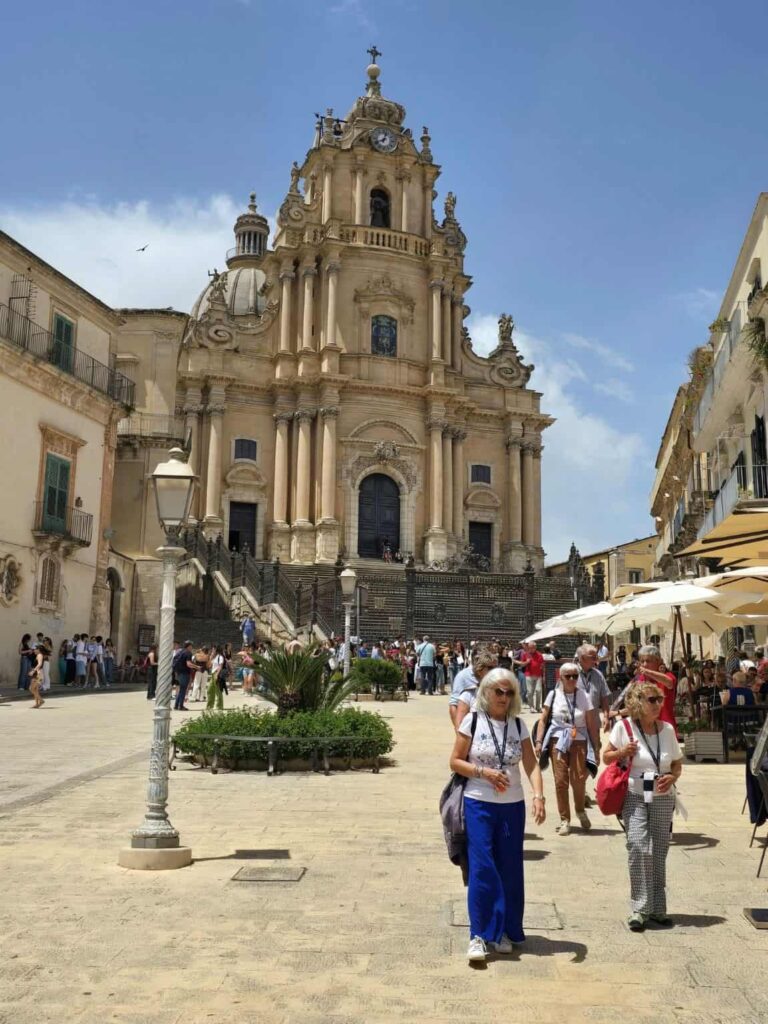
Where to Eat in Noto Italy
Dining in Noto is a feast of Sicilian flavors, from fresh seafood to almond-based desserts. For traditional dishes, head to Ristorante Dammuso, where the pasta alla Norma (pasta with eggplant) and stinco di maiale (pork knuckle) showcase local ingredients with rustic flair. Trattoria Al Buco, near the church of San Francesco all’Immacolata, is perfect for classics like spaghetti ai ricci di mare and sarde a beccafico. And no visit is complete without a stop at Caffè Sicilia—their almond granita is legendary, especially paired with a fresh brioche.
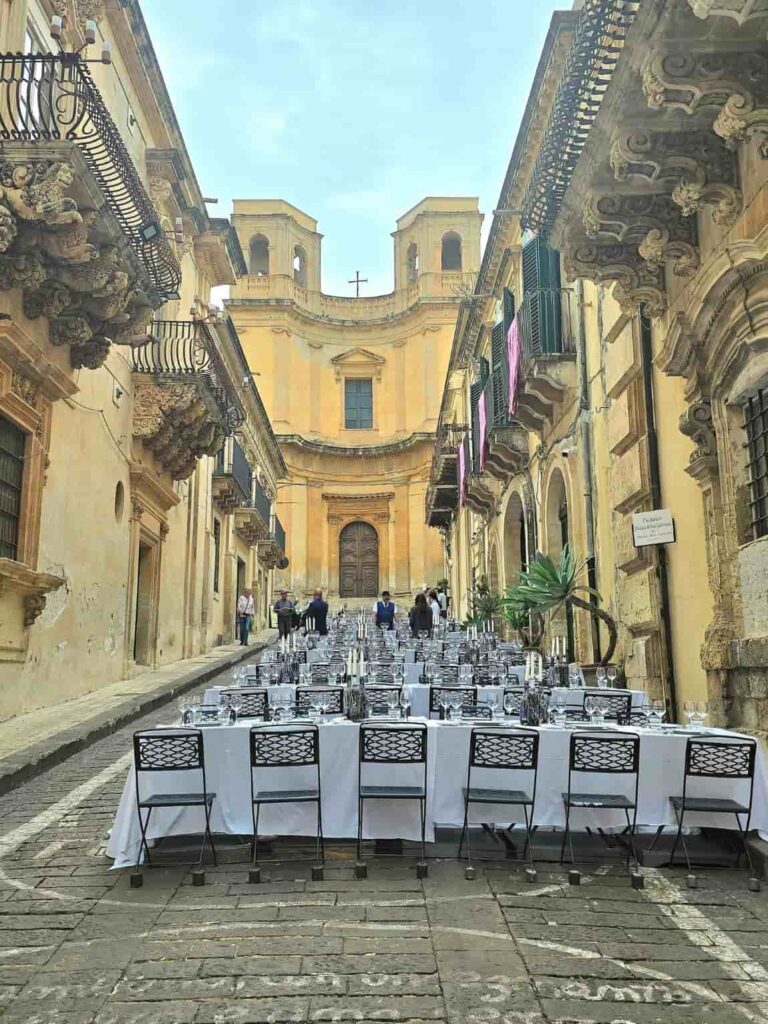
How Much Time to Spend in Noto, Italy
One full day is enough to see the highlights of Noto, Italy, but trust me—this is a town that rewards slow travel. If you like small idyllic towns like I do, I recommend staying four days in Noto, using it as a base to explore southeastern Sicily. From Noto, you can easily make day trips to Siracusa, Modica, Ragusa, Scicli, Marzamemi, and several beaches like Lido di Noto and Avola. The city itself is compact and walkable, but each corner reveals more detail the longer you linger. Having the evenings free to stroll the glowing streets after the day-trippers leave is magical. Four days give you time to balance art, history, beach days, food experiences, and local life. And if you’re anything like me, you’ll still be planning your return before you’ve even left.
Where Is Noto, Italy?
Noto Italy is located in southeastern Sicily, in the province of Siracusa. It lies about 35 km southwest of Siracusa, 90 km south of Catania, and around 130 km from Ragusa. The coastline, including the beaches of Lido di Noto and Eloro, is only 15 minutes by car. Its elevated inland position offers sweeping views of the surrounding countryside and sea beyond. Strategically, Noto makes a perfect base for both inland Baroque towns and coastal getaways. It’s far enough from the big city to feel like an escape, but close enough to enjoy everything eastern Sicily has to offer.
How to Get to Noto, Italy
The nearest airport to Noto Italy is Catania Fontanarossa Airport (CTA), about 90 km or 1.5 hours by car. Alternatively, Comiso Airport (CIY) near Ragusa is about 100 km away, but with fewer flight options. From Catania, you can reach Noto by car, train, or bus—but I highly recommend driving. There are trains from Catania Centrale to Noto via Siracusa, but connections are infrequent and slow. If you prefer not to rent a car, guided day tours offer an easy and enriching way to see Noto, Italy.
I rented a car at Palermo Airport and visited Noto on my Sicily road trip. You can check out affordable rental cars at Palermo Airport here, Catania Airport here, and Comiso Airport here.
Should You Rent a Car in Noto?
Absolutely—renting a car is the best way to experience Noto Italy, and the surrounding area. Public transport is limited, and having your own vehicle gives you freedom to visit beaches, hill towns, and archaeological sites on your own schedule. That said, if driving isn’t your thing, here are some great guided tour options:
- From Catania: Syracuse, Ortigia, and Noto Tour with Lunch
- From Catania: Syracuse and Noto Culture and History Tour
- From Siracusa: Ragusa, Noto, and Chocolate Tasting Day Tour
These tours are well-run, often include transportation and guides, and cover a lot in one day.
How to Get Around Noto, Italy
Noto is small and perfect for walking. The historical center is entirely pedestrian, making it easy to explore slowly and savor every detail. If you want a deeper dive into its history and architecture, consider booking the Noto Guided Walking Tour or the Private Tour of Noto: Explore the Capital of Sicilian Baroque. These tours will help you understand the symbolic meanings behind the buildings, and often grant access to places not open to the general public. Having a local guide in Noto added immense richness to the experience. Parking on the edge of town is easy, and then it’s just a few minutes to all the major landmarks. Wear comfortable shoes—you’ll be pausing often.
Where to Stay in Noto, Italy
Luxury:
Q92 Noto Hotel is a beautifully restored palazzo with luxurious rooms, designer interiors, and a rooftop terrace with views of the cathedral. It’s central, stylish, and serene. Another standout is Gagliardi Boutique Hotel, offering refined suites and a panoramic rooftop bar.
Mid-Range:
Hotel Flora sits just outside the city gate and offers spacious rooms, parking, and a great location for exploring on foot.
Where to Park in Noto, Italy
If you’re visiting Noto, Italy, on a road trip, parking is easy and well-organized. Two main public car parks serve the historic center:
- Parcheggio Centrale Arlum – located near the Porta Reale, very convenient for day trippers.
- Parcheggio Città di Noto – another reliable option within walking distance to the main sights.
Street parking is possible, but often restricted or time-limited. I suggest using one of the official lots for peace of mind. In high season, arrive early to secure a space, especially during events like the Infiorata di Noto.
Best Time to Visit Noto, Italy
The best time to visit Noto, Italy is from April to June and September to October. These months offer warm temperatures, blooming landscapes, and fewer crowds than peak summer. May is particularly special, thanks to the Infiorata di Noto, when the city comes alive with floral art and celebration. July and August can be very hot, though the nearby beaches offer relief. Winter is quieter, with a few closures, but the golden stone still shines in winter light. Autumn is harvest season—ideal for wine lovers. For balance between weather and events, late spring wins.
What to Do Near Noto, Italy
- Siracusa (35 min): Explore ancient Greek ruins, Baroque piazzas, and the island of Ortigia.
- Marzamemi (30 min): A pastel-colored fishing village perfect for seafood lunches and sea views.
- Modica (45 min): Known for Baroque architecture and world-famous chocolate.
Read: The Ultimate Guide to Modica, Sicily - Scicli (45 min): A charming hill town with quiet elegance and cinematic views.
Read: A Complete Guide to Scicli, Sicily - Ragusa (1 hr): The twin cities of Ibla and Ragusa Superiore offer layers of history and stunning urban drama.
Read: The Ultimate Guide to Ragusa, Sicily - Beaches: Don’t miss Lido di Noto, Avola, and Eloro for pristine waters and lazy afternoons.
With Noto, Italy, as your base, you’re perfectly positioned for a rich and varied Sicilian itinerary.
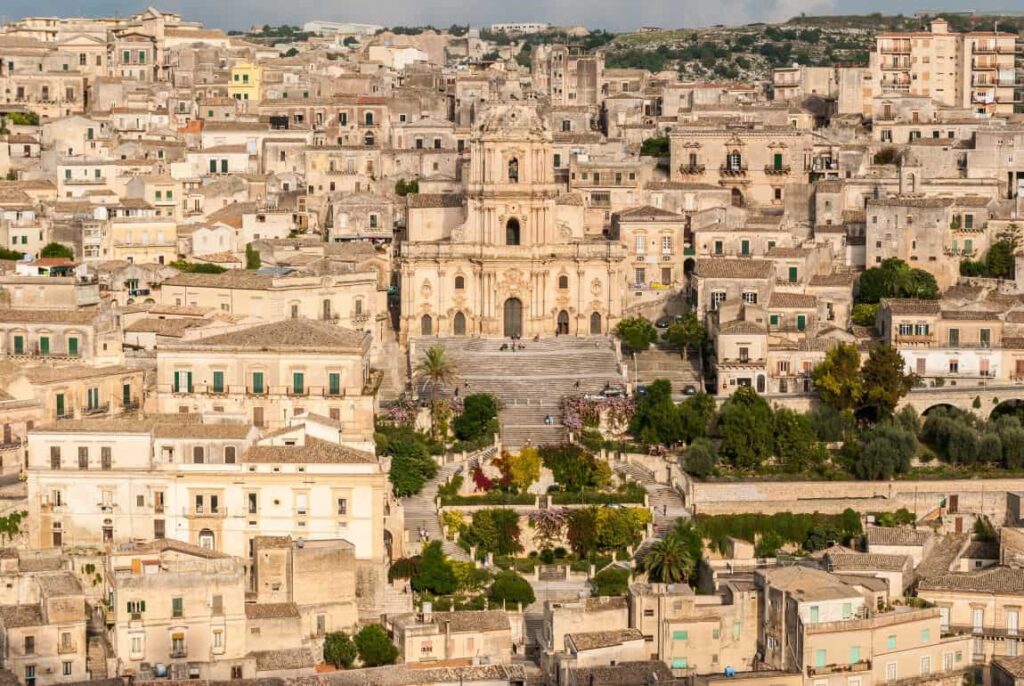
Is Noto, Italy, Worth Visiting?
Absolutely—Noto, Italy, is more than worth visiting, it’s unforgettable. From its majestic Baroque streets to the golden hours of early evening light, Noto is a dream sculpted in stone. The pace is peaceful, the food is sublime, and the cultural depth is matched only by its scenic beauty. I fell in love with it during my Sicily road trip, and I’m already planning my return. It’s a place that doesn’t shout, but it stays with you long after you’ve gone. In my book, it’s one of the three most beautiful towns in Italy—alongside Venice and Matera. If you’re searching for beauty, depth, and inspiration, Noto, Italy is waiting for you.
- The Most Luxurious Secret Castle Hotels in Italy: Romantic Escapes You Won’t Believe You Can Stay In - November 14, 2025
- Vienna, Where Time Waltzes — The Most Magical Things to Do in Vienna, Austria - November 8, 2025
- The Prettiest Castle Hotels in Scotland You’ll Want to Book Right Away - November 7, 2025


